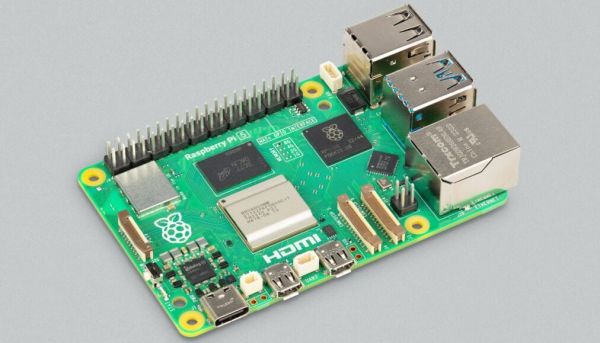If you’re anything like us, you’ve probably wondered why gear teeth are shaped the way they’re shaped. But we’ll go out on a limb and say you’ve never wondered why gear teeth aren’t shaped like pigeons, and what a clock that’s not quite a clock based around them would look like.
If this sounds like it has [Uri Tuchman] written all over it, give yourself a cookie. [Uri] has a thing for pigeons, and they make an appearance in nearly all his whimsical builds, from his ink-dipping machine to his intricately engraved metal mouse. For this build, pigeons are transformed into the teeth of a large, ornate wheel, cut from brass using an impressive Friedrich Deckel pantograph engraver. To put the pigeon wheel to work, [Uri] built an escapement and a somewhat crooked pendulum, plus a drive weight and dial. It’s almost a clock, but not quite, since it doesn’t measure time in any familiar units, and the dial has a leg rather than hands — classic [Uri].
It may not be [Clickspring]-level stuff, but it’s still a lovely piece of work, and instructive to boot. The way [Uri] figured out the profile for the meshing teeth by looking at the negative space swept out by the pigeon profiles was pretty sweet. Plus, pigeons.
Continue reading “Put A Little Pigeon In Your Next Clock Project”


















